Your family dogs pregnancy is closing in on the 63 day gestation period. There are many thing you need to prepare for this event in advance.
The first thing you need to do is determine a location for this blessed event to take place. The best location will be out of the way in a quiet area. Your dog will appreciate the security and privacy. It should be warm, dry, and free of drafts. You will also need access to an electrical outlet. First, you need to prepare a 'whelping' box(whelping is the process of giving birth). This whelping box should be large enough for her to lie on her side fully stretched out including room for the puppies. Bear in mind, depending on breed, a litter can be any size starting with one but can even reaching double digits. The whelping box should have a low front so your dog can easily get in and out. It is also ideal for the whelping box to have at least two walls surrounding it. The best location would have three walls around the box. Keep in mind, if you have such a location, you and possibly your veterinarian may also need to fit in this space. Room for you to aide your dog through whelping and room for your vet just in case an emergency occurs. Prior to introduction of your dog, you will need a heat lamp in the whelping area. It should provide a constant temperature between 24?27?Celsius/75?80?Fahrenheit. You will need to test this and adjust how high or low the lamp needs to be to achieve this temperature. Be sure the lamp is will anchored and the temperature can not be changed to protect her puppies from literally cooking. Introduce your dog to the whelping box several weeks before you expect delivery. She will need to become accustomed to the space so it will also be where she sleeps.
With the introduction of the whelping box, you will also need to start taking your dogs temperature twice a day and record this on a Details Log. The Details Log will be used for logging many important details throughout whelping. It will be contain details of each birth and will be invaluable to your veterinarian in the event of an emergency. You should take the temperature when you dog is calm, in the morning and again at night. Normal temperature for a canine is between 38.5-39?Celsius/101.3-102?Fahrenheit. Just ask your vet how to take her temperature, it is a simple process. There will be a significant drop in her temperature to about 37?Celsius/98?Fahrenheit within 24 hours before birth. Keeping a temperature log will alert you to the impending delivery and give you a 24 hour window to complete last minute preparations. One more thing to remember, during these last few weeks of the gestation period, your dog will have puppies pushing down on her bladder. She will need to have more opportunities to go out to relieve herself but may also have occasional 'accidents'. Have lots of newspaper lain all over the floor of her whelping area to allow for these 'accidents' to take place with easy clean up.
Whelping Checklist
The 24 hour telephone number of your veterinarian, to be easily reached in case of complications
Large supply of newspaper for bedding
Heavy towels or veterinary bedding for after the birth. Do not use blankets or loose bedding as it creates a risk of smothering the pups
Accurate scales to weigh each puppy as it is born
A clock to record the time of each birth along with the weight
Antiseptic lotion and sponge for cleaning your dog after whelping
Warm towels for drying pups
A smaller box with a heated water bottle (heated only to blood temperature) is case your dog is emotionally immature or clumsy. Just to keep pups warm and out of harms way
Jar of petroleum jelly
Trash cans for soiled paper, laundry basket for soiled towels
Strong sterile silk or cotton thread in case a pups umbilical cord requires tying and a pair of sterilized blunt nosed scissors
Your notebook containing Details Log which should have places to record what time her 'waters' broke(note the color of discharge), the time/weight/color/sex/any obvious abnormalities of each new pup, number of afterbirths/placentas to be sure non have been retained(if one is retained and not dispelled within 24 hours call your veterinarian
Milk and glucose to offer your dog during whelping
Refreshments for you, it may take several hours and you need to stay with her to watch for signs of trouble and to help with the pups. You should never leave her alone for more that a few minutes
So now you have all of the preparations completed. Now you need to know what signs and behaviors to expect from your dog and how to help her and her puppies during whelping. There are three stages of whelping: Labor, Birth, and Afterbirth.
Labor ?FYI, dogs often whelp when it is the most quiet and calm, you could be called to action in the wee hours of morning. Maintain a calm reassuring and soothing tone of voice and use slow movements. Your dog will feel vulnerable and her protective instincts will be heightened. As contractions begin, she will be restless, will only be able to relax for a few minutes. She may pace, refuse food, pant, shiver, or vomit. She may build a nest and start scratching at her bedding. You may notice a mucus discharge from the vulva. This is the sac of fluids or 'water' and when this sac breaks, the first pup should be born within 2 hours. The waters will discharge from the vagina and will be yellow colored and slimy. If your dog is having strong contractions, which you will be able to see move from the ribcage down to abdomen for more that an hour after waters without delivering the first pup, call your veterinarian.
Birth ?Note the appearance of the discharge after birth of first pup. Dark green or blood-colored discharge may mean that the placenta has started to separate from the uterine wall. This could mean the pup is oxygen deprived and need to be cleaned quickly. This being said, if the first pup is okay, and the same colored discharge appears before each pup, there is probably nothing to worry about. The new mom instinctively licks the membrane off of the pup and severs the umbilical cord which dries and warms the pup, clears mucus from the nose and mouth, and stimulates it to start breathing. The licking also causes chemical changes in her brain that causes an emotional bond to form between mom and pup Additional pups will be born at intervals between 10-60 minutes and averages 20 minutes in between, depending on the breed. If she is having strong contractions for 30 minutes or more without producing another pup, call your veterinarian.
In the case of emotionally immature or overly tired moms, you may need to step in to help. From your supply of warm towels, wipe birth membrane from the face especially the nose and mouth. Holding the pup in a downward angle wipe the pup dry while allowing excess fluid from the airway. Gently rub it's chest with towel which should start the pups breathing. CPR may need to be administered if it does not start to breath. Fie the umbilical cord with thread about ?inch from pups body then cut the cord between tie and placenta. Place the pup next to mom.
Afterbirth ?Each puppy has it's own umbilical cord and placenta. The placenta should follow the birth of each pup, usually just before the next pup emerges. It will be a reddish-black mass accompanied by a dark green fluid. Your new mother will instinctively eat the afterbirth from each pup to hide the evidence of vulnerable pups. (another reason to keep an accurate log of afterbirths on Details Log)
The last couple of things you will need to ensure during whelping is keeping the litter together. This will keep the pups warm and reduce the chances that mom will reject a pup. After the birth of the last pup, your new mom will open herself up for suckling. You must ensure that each pup has located a teat and has begun to feed. After feeding, mom will lick the genitals and anus of each pup to stimulate it to urinate and defecate. She will consume all body waste from her pups, again instinctively, to hide them from predators and danger.
Hope this has made you feel better prepared for welcoming your family dogs pups into the world. More in this series about breeding and caring for new puppies can be found soon if you follow this link. ..http://www.familydogadvice.com

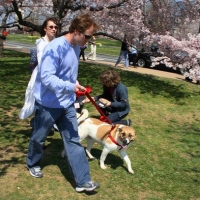 10 Rules For A Successful Walk With Your Dog In Atlanta
Are you trying to build a successful relationship with y
10 Rules For A Successful Walk With Your Dog In Atlanta
Are you trying to build a successful relationship with y
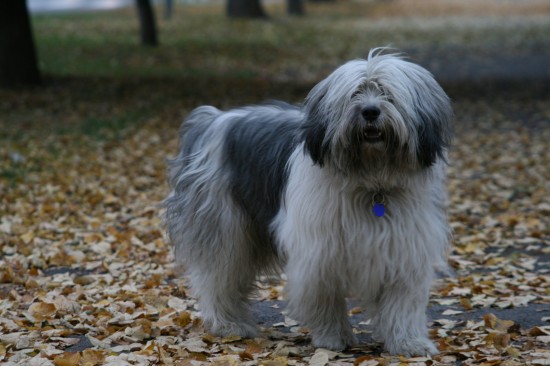 Owczarek Nizinny – The Friendly Polish Lowland Sheepdog
Owczarek Nizinny
Owczarek Nizinny – The Friendly Polish Lowland Sheepdog
Owczarek Nizinny
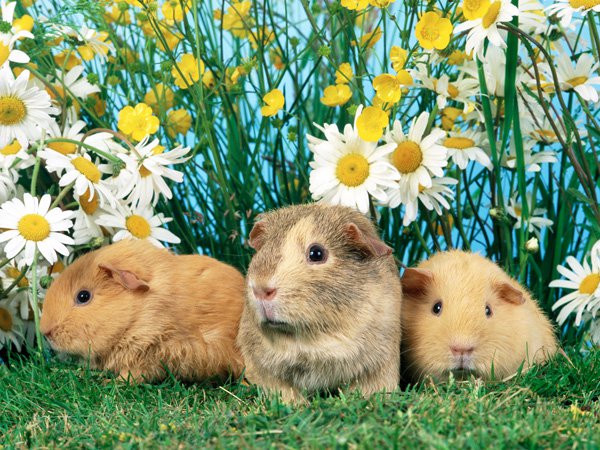 Washington dc dog training
Washington dc dog training
Do you adore Dogs?
Washington dc dog training
Washington dc dog training
Do you adore Dogs?
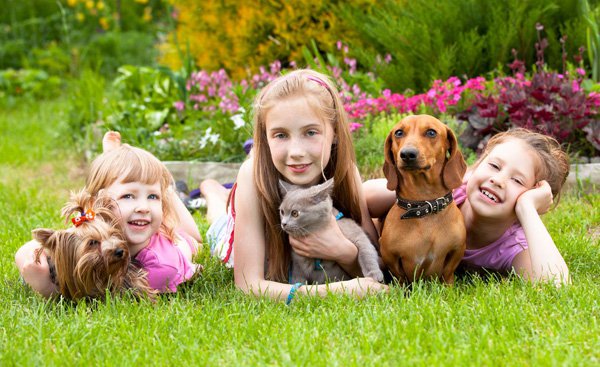 Cat mistaken for female has unneeded operation
Cat mistaken for female has unneeded operation
Cat mistaken for female has unneeded operation
Cat mistaken for female has unneeded operation
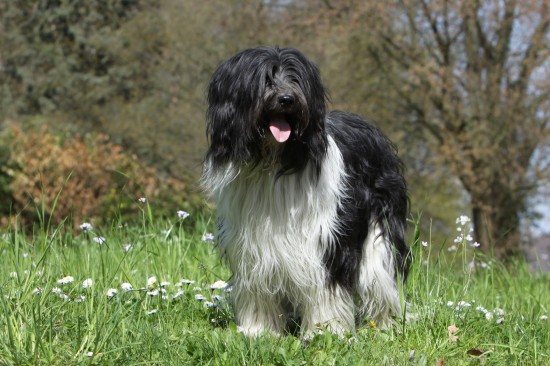 The Schapendoes – The Lovely Dutch Sheepdog
The Schapendoes –
The Schapendoes – The Lovely Dutch Sheepdog
The Schapendoes –